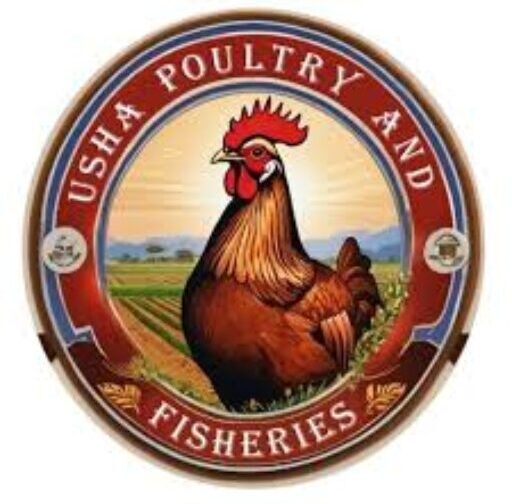Catfish Farming
Catfish are one of the most popular freshwater fish across the world, known for their whisker-like barbels and adaptability. They are widely used in aquaculture, fish farming, and even as aquarium pets. If you’re planning to start catfish farming or simply want to know more about these fascinating fish, this guide will help you understand the different types of catfish and the environments they thrive in.

Catfish
🐟 Types of Catfish
1. Channel Catfish (Ictalurus punctatus)
- Most common catfish in fish farming.
- Fast-growing, mild-flavored, and suitable for ponds and tanks.
2. Blue Catfish (Ictalurus furcatus)
- Known for their large size (up to 100 pounds).
- Popular for commercial fishing and sport angling.
3. Flathead Catfish (Pylodictis olivaris)
- Recognized by its flat head and yellow-brown skin.
- Prefers live prey, making it unique compared to other catfish.
4. Walking Catfish (Clarias batrachus)
- Found in Southeast Asia.
- Can survive in low-oxygen waters and even “walk” on land short distances.
5. African Sharptooth Catfish (Clarias gariepinus)
- Most farmed species in Africa and Asia.
- Hardy, fast-growing, and tolerant of poor water conditions.
6. Redtail Catfish (Phractocephalus hemioliopterus)
- Popular in aquariums.
- Recognizable by its bright red tail and large size.
🌊 Desired Environments for Catfish
Fish farming, also known as aquaculture, has become one of the fastest-growing food production industries in the world. Among various fish species, catfish holds a special place due to its fast growth, adaptability, and high market demand. Catfish farming is not only profitable but also sustainable when managed correctly.
In this article, we’ll discuss why catfish farming is profitable, the regions suitable for cultivation, and how the Biofloc system can boost catfish production. To achieve healthy growth and high yield in catfish farming, proper water quality and habitat management are essential.
✅ Water Quality
- Ideal pH: 6.5 – 8.0
- Temperature range: 22°C to 30°C (72°F – 86°F)
- Dissolved oxygen: above 4 mg/L
✅ Pond & Tank Setup
- Earthen-bottom ponds are best for natural feeding.
- Tanks should include aeration and filtration systems for oxygen supply.
✅ Feeding Requirements
- Catfish are bottom feeders, so use sinking feed pellets.
- Diet should include protein-rich sources like fishmeal and soybean meal.
✅ Stocking Density
- Avoid overcrowding to reduce stress and disease.
- Balanced density ensures faster growth and higher survival rates.
🌱 Why Catfish Farming is Profitable
1. High Market Demand
- Catfish is widely consumed due to its mild taste, high protein, and low fat.
- It is popular in local markets, restaurants, and international exports.
2. Fast Growth Rate
- Species like the African Sharptooth Catfish (Clarias gariepinus) and Channel Catfish grow quickly, reaching market size in 4–6 months.
- Faster turnover means more profit within a short period.
3. Hardy and Adaptable
- Catfish can survive in low oxygen and poor water conditions, reducing the risk of losses.
- They are less prone to diseases compared to other cultured fish.
4. Low Production Cost
- Can be raised in ponds, tanks, cages, and Biofloc systems.
- Feed cost is moderate compared to other fish species, especially when using Biofloc technology.
5. Multiple Income Streams
- Catfish farming provides income not only from selling fish but also from fingerlings, breeding, and value-added products like smoked or dried catfish.
💰 Profitability of Catfish Farming
- Investment vs. Returns: A small-scale farmer with 1,000–2,000 catfish can earn 40–60% profit within 6 months.
- Biofloc Advantage: Farmers using Biofloc save on feed and water costs, making it even more profitable.
- Export Potential: Countries in Africa, Asia, and North America export catfish to international markets due to rising global demand.
Whether you’re interested in catfish aquaculture or simply learning about these unique species, understanding their types and ideal environments is key. From the hardy African Catfish to the popular Channel Catfish, each species has specific needs that, when met, can lead to successful farming and sustainable growth.
Catfish are truly versatile fish—perfect for both beginners and professional farmers in the aquaculture industry.
👉 For more detailed information about catfish farming and other fisheries topics, visit our website: www.ushapoultryandfisheries.com
🎥 And for video tutorials, farming guidance, and updates, don’t forget to visit and subscribe to our official YouTube Channel: Usha Poultries & Fisheries

